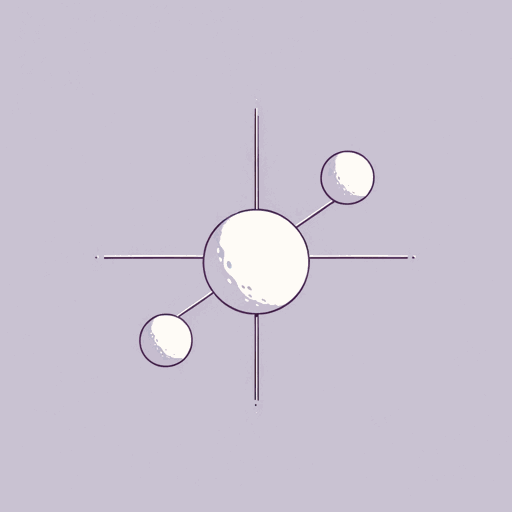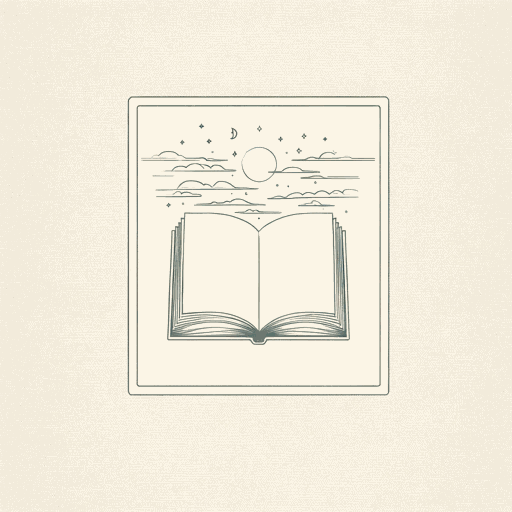44 pages • 1 hour read
Haruki MurakamiColorless Tsukuru Tazaki and His Years of Pilgrimage
Fiction | Novel | Adult | Published in 2013A modern alternative to SparkNotes and CliffsNotes, SuperSummary offers high-quality Study Guides with detailed chapter summaries and analysis of major themes, characters, and more.
Symbols & Motifs
Le Mal du Pays
The work of classical composer Franz Liszt helps establish the novel’s tone. References to Liszt’s Le Mal du Pays specifically tie together Tsukuru’s memories of Shiro and Haida. The narrator calls Liszt’s Years of Pilgrimage—the set of 26 piano compositions which includes Le Mal du Pays—“the vein that connected these three scattered people. […] The power of music made it possible. Whenever he listened to that music, particularly Le Mal du Pays, vivid memories of the two of them swept over him” (197).
Haida loves this piano piece. He points out that in French, Le Mal du Pays is usually “translated as ‘homesickness,’ or ‘melancholy.’ If you put a finer point on it, it’s more like ‘a groundless sadness called forth in a person’s heart by a pastoral landscape” (51). Tsukuru’s most vivid and persistent memory of his friend Shiro is of her playing this Liszt piece. The melancholy implicit in the composition’s name seems all the more fitting when he learns of her sad demise.
Tsukuru repeatedly listens to Le Mal du Pays in moments of internal turmoil; when he does, his mood shifts toward sorrow: “the quiet, melancholy music gradually gave shape to the undefined sadness enveloping his heart, as if countless microscopic bits of pollen adhered to an invisible being concealed in the air, ultimately revealing, slowly and silently, its shape” (197).
Related Titles
By Haruki Murakami

1Q84
Haruki Murakami

After Dark
Haruki Murakami

A Wild Sheep Chase
Haruki Murakami

Blind Willow, Sleeping Woman
Haruki Murakami

Hard-Boiled Wonderland and the End of the World
Haruki Murakami

Kafka on the Shore
Haruki Murakami

Killing Commendatore
Haruki Murakami

Norwegian Wood
Haruki Murakami

South of the Border, West of the Sun
Haruki Murakami

Sputnik Sweetheart
Haruki Murakami

The Elephant Vanishes: Stories
Haruki Murakami

The Wind-Up Bird Chronicle
Haruki Murakami, Transl. Jay Rubin

What I Talk About When I Talk About Running
Haruki Murakami
Featured Collections
Appearance Versus Reality
View Collection
Coming-of-Age Journeys
View Collection
Friendship
View Collection
Japanese Literature
View Collection
Memory
View Collection
Music
View Collection
New York Times Best Sellers
View Collection
Sexual Harassment & Violence
View Collection
The Best of "Best Book" Lists
View Collection
The Past
View Collection

